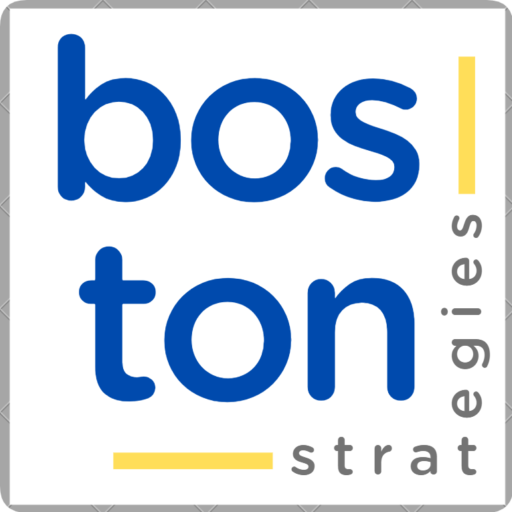 Innogy’s Nordsea windfarm program is a model for supply chain leverage. The program is being constructed in three independent projects (Nordsea 1, Nordsea 2, and Nordsea 3). Each of the three was consented and will be constructed separately. This diversifies financial, legal, and regulatory risks. However, from a procurement and operational point of view, the projects are essentially replicas of each other, thereby allowing for standardization of processes, technologies, suppliers, and governance. The capacity of each project is similar, ranging from 295 MW to 369 MW. All three projects will utilize the same turbine make and model: the Senvion (formerly REpower) 6.2M 126. The chosen turbine is the largest available that has a successful track record of offshore performance, which reduces its risk of operational and maintenance problems. The WTG contracts are long-term and include 10-year maintenance contracts (at least for Nordsea 2 and 3), based on a 2b euro framework agreement between RWE and Senvion that assures close cooperation and mutual alignment of interests for the life of the farms. Bravo, RWE, for setting an example of how to run a cost-optimized windfarm business.
Innogy’s Nordsea windfarm program is a model for supply chain leverage. The program is being constructed in three independent projects (Nordsea 1, Nordsea 2, and Nordsea 3). Each of the three was consented and will be constructed separately. This diversifies financial, legal, and regulatory risks. However, from a procurement and operational point of view, the projects are essentially replicas of each other, thereby allowing for standardization of processes, technologies, suppliers, and governance. The capacity of each project is similar, ranging from 295 MW to 369 MW. All three projects will utilize the same turbine make and model: the Senvion (formerly REpower) 6.2M 126. The chosen turbine is the largest available that has a successful track record of offshore performance, which reduces its risk of operational and maintenance problems. The WTG contracts are long-term and include 10-year maintenance contracts (at least for Nordsea 2 and 3), based on a 2b euro framework agreement between RWE and Senvion that assures close cooperation and mutual alignment of interests for the life of the farms. Bravo, RWE, for setting an example of how to run a cost-optimized windfarm business.
